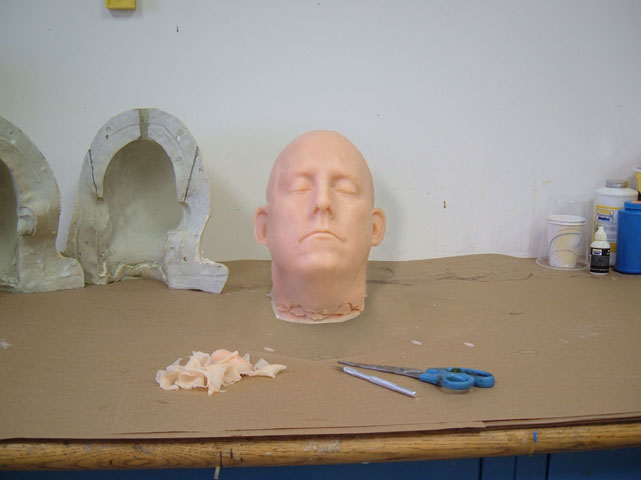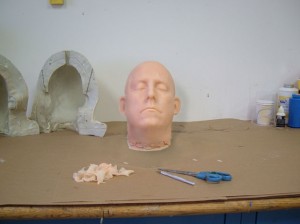Though I’m knee-deep in Shakespeare in the Park at the moment (tech starts next week!), I’ve been looking forward to a slower pace this summer and a chance to experiment. Below is a list of some new materials I’ve come across lately that I’ve been wanting to play around with.
Inventables has a whole smörgÃ¥sbord of strange and interesting materials for props people. Squishy magnets, translucent concrete, aluminum foam, waterproof sand, rubber glass… I can go on and on, but the site begs you to just peruse everything for yourself.
Styrofoam has been a big boon to props artisans, but it brings with it a host of environmental concerns, both in its manufacturing (it is a petroleum-based product) and in its disposal (it will not bio-degrade for thousands of years). I’ve recently come across a foam made from mushrooms and bio-waste (technically, it’s made from the mushroom roots, which don’t contain spores and allergens). It seems promising as a potential replacement for some uses of foam, though I haven’t gotten my hands on a sample yet to test it out. Eben Bayer, one of the inventors and founders of the company, gave a TED Talk called “Are Mushrooms the New Plastics” where he goes into further details.
Along the same lines, researchers at the University of Nebraska-Lincoln are turning chicken feathers into plastic. It’s still a ways from being a usable product, but you can expect a whole host of non-petroleum-based and biodegradable plastics to be popping up over the next decade.
Shapelock is a new thermoplastic which becomes moldable at low temperatures (150°F). If you’ve ever used Friendly Plastic or Instamorph, this seems like similar stuff.
Finally, Sugru has been getting a lot of buzz lately. It seems similar to epoxy putty in its use and application, but it is a silicone, so it remains flexible, soft and waterproof.


